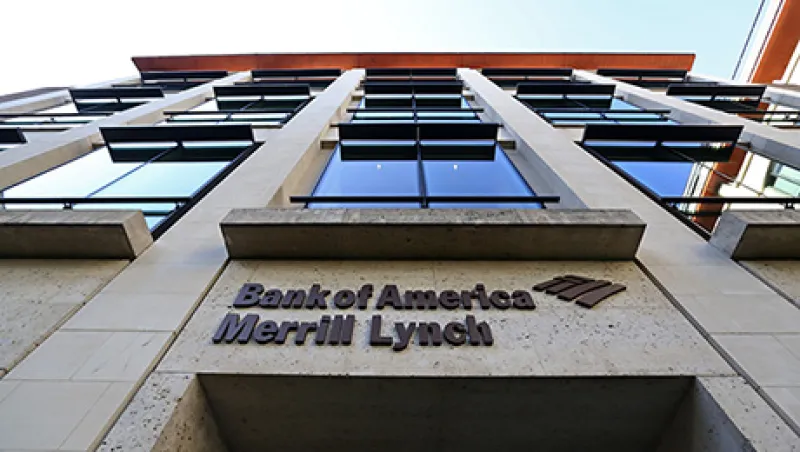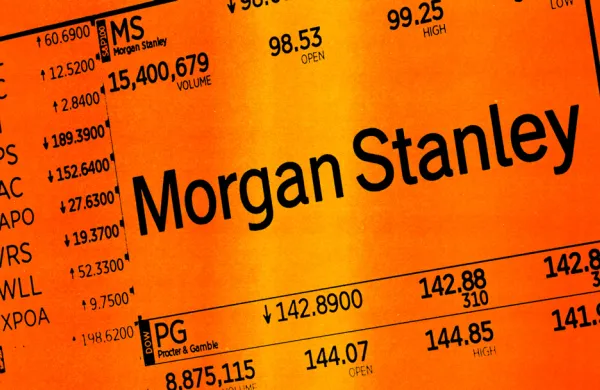Brett Hodess, director of Americas equity research at Bank of America Merrill Lynch, didn’t set out to enter finance after graduating from college in 1982. Armed with a BS in electrical engineering from Columbia University and a BA in physics from Bowdoin College, Hodess began his career as an engineer for chipmaker Intel Corp. He racked up several years of experience in the semiconductor industry before enrolling in the MBA program at the University of California, Berkeley. Facing a tough job market in the middle of a recession, Hodess considers himself lucky to have found a job with Montgomery Securities shortly after finishing business school in 1992. He joined Merrill Lynch in 2000, and in 2009 he leveraged his 17 years of experience as a sell-side analyst — including 12 appearances on Institutional Investor’s All-America Research Team in the Semiconductor Capital Equipment sector — to move into a managerial role.
Although institutional asset managers that participate in the voting for the All-America Research Team say they prize equity analysts most for their industry knowledge and company fundamental analysis, Hodess says the importance of stock picking shouldn’t be underestimated. “When analysts stop focusing on stock performance, if it’s not something they care about, they tend to not be doing work in line with their clients’ interests, and they tend to fall out of favor with their clients,” he explains. “The focus on ratings performance keeps us in line with what our clients are looking for, and it provides discipline for our analysts.”
When it comes to the All-America Research Team, Hodess adds, younger, previously unranked analysts tend to get noticed — and get voted onto the team — when they make good stock picks. “The year they break out is the year they actually have that great stock performance,” he explains.
A new study by two finance professors, published in December in the Journal of Financial Services Research, suggests that sell-side analysts voted to the All-America Research Team are, in fact, better stock pickers than their unranked peers. Ayako Yasuda, an associate professor of finance at the UC Davis Graduate School of Management, and Lily Hua Fang, an associate professor of finance at INSEAD’s Singapore campus, used data from 1994 to 2009 to simulate portfolios that followed All-Americans’ buy and sell calls for comparison with similarly constructed portfolios that tracked unranked analysts’ recommendations.
“In the end, when we look at it, we find All-Americans are better at stock recommendations,” Yasuda says. “But you have to act quickly. It’s most profitable for those investors with advanced access.”
Comparing risk-adjusted returns, Fang and Yasuda found that the All-American portfolios outperformed the others by about 60 basis points per month but only if All-American recommendations were implemented on the same day that they were made. Trading on buy calls one day after they were made cut the performance differential in half, whereas following day-old sell calls showed no significant difference between ranked and unranked portfolios. This implies that investors who wait until recommendations are broadly disseminated stand to profit much less from the information than would investors on analysts’ client lists.
In a roundabout way, the study also sheds light on the usefulness of sell-side analyst rankings. According to Yasuda, the observed correlation between stock-picking ability and winning All-America titles suggests that institutional investors are capable of identifying which analysts are better than others. One piece of supporting evidence the study provides comes from looking at the effect of changes in the analyst labor market following the Global Settlement of 2003. Intended to tackle the problem of conflicts of interest between investment banking and research departments, the settlement decision curbed analyst compensation considerably, prompting many longtime researchers to leave the industry.
“During 2002–’03 there was very high turnover in the analyst profession, including a lot of All-Americans leaving for the buy side, and institutional investors had to elect new people in the rankings,” says Yasuda. “What we find is that the institutional investors reshuffled the All-America titles, promoting a lot of new names and demoting some veterans. By and large, their promotion and demotion decisions were rational and effective.”
Three years prior to the Global Settlement, Regulation Fair Disclosure, or Reg FD, took effect and prohibited publicly traded companies from selective disclosure of information to research analysts. In their paper, Fang and Yasuda documented that the outperformance of All-American analysts was unaffected by Reg FD, suggesting that inside information was not the source of the observed outsize stock-picking ability.
In conjunction, the Global Settlement and Reg FD leveled the playing field for analysts, says BofA Merrill Lynch’s Hodess. In his view, the caliber of the people in the industry hasn’t changed, but the market is so competitive now that it would be difficult to become a top-ranked analyst on popularity alone.
According to Kent Womack, a finance professor at the University of Toronto’s Rotman School of Management, numerous studies have documented a connection among recommendation accuracy, earnings forecast precision and the All-America title, and the literature supports the idea that some analysts are better than others. However, access to better stock-picking advice isn’t showing up in the average money manager’s performance, Womack says, pointing to how a firm might stray from sell-side research in favor of a portfolio manager’s opinion, for example.
“The value of the expertise that you might have gets watered down by other sources,” he explains. “In academia, we call it noise, and there’s a lot of noise out there.”
Although the All-America Research Team reflects stock-picking ability, it’s unlikely that analysts’ institutional clients are actually reaping the 60-basis-point monthly return bonus found in the study. According to Hodess, institutional investors tend to be slower and more methodical when acting on analyst recommendations because of their long-term investment horizons.
“If you talk to the large institutional investors, they will tell you that they almost never act on [stock recommendations] immediately,” he says. “When we put out upgrades and downgrades, they want to first understand what changed the analyst’s mind and then determine how it affects their own multiyear view of the stock.”
Get more on research and rankings.






